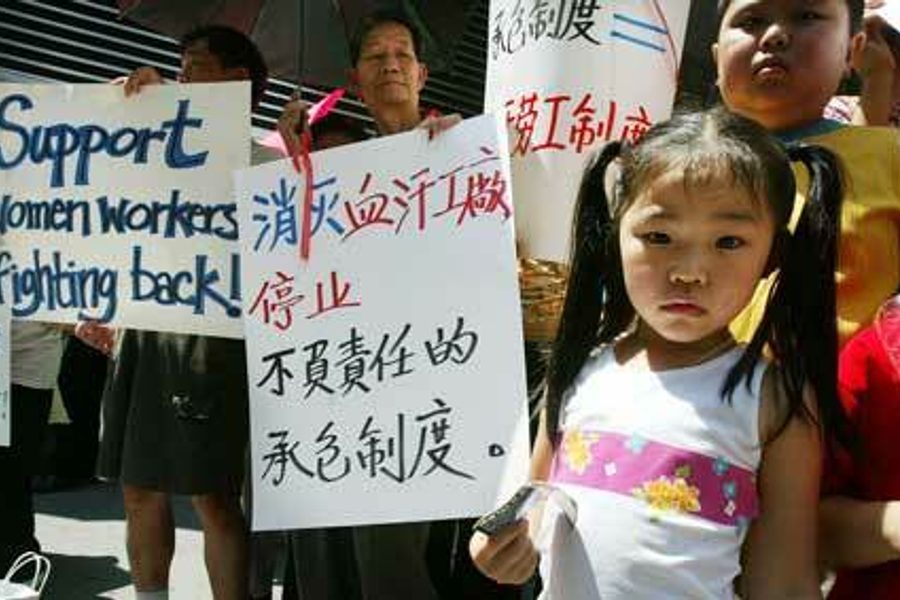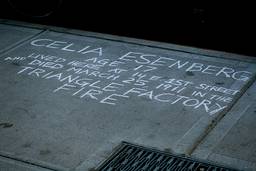
In a bitter New York City Democratic Primary for City Comptroller that finished Tuesday with a run-off election, one of the contenders, Councilman John Liu, claimed that as a small child he both accompanied his mother to and worked in sweatshops.
Opponents and the media instantly attacked the claim, as reported on this webstite. In the end, the attention died down and Liu won the primary. But one can rest assured that in the November general election, his Republican opponent will sieze on this issue.
This illustrates just how little we understand a system of work that has been around for more than a century. The news industry’s fixation on gotchas and takedowns has focused coverage on efforts to either prove Liu did or didn’t work in a sweatshop. This misses the point, and moreover, misses an important opportunity to talk about the labor system that got us where we are today.
We use the term sweatshop so often to describe poor working conditions that the term seems to have lost much of its meaning. If we hate our job, we might describe it as a sweatshop, a job where we have a tough boss, we get paid poorly, or feel used and exploited.
A sweatshop, however, is a specific work experience where employment conditions are in violation of labor, health or building codes. But we throw the term around as shorthand to signify terrible working conditions. To get lost in a debate over whether Mrs. Liu’s employers violated specific laws, however, misses the point.
Real sweatshops do exist. But to define them so narrowly as the press has in this episode means we miss an opportunity to discuss the struggles of nearly forgotten workers.
Mrs. Liu, like thousands of other immigrant garment workers before her, carried on a system of homework that has happened in New York City for most of the 20th century. She picked up materials from a factory and brought them home to toil on the kitchen table. Then she brought finished goods back to the factory, being paid per piece.
That she did not work in a cramped shop in squalor seems to miss the point. Piece work at home, by any standards, is not easy work. To earn what would be even by our standards a substandard wage, garment workers worked long hours and often enlisted the aid of the children.
Did John Liu witness his mother toiling long hours, for little pay and no benefits? Did he miss out on family time? Does he feel cheated because his mother was forced to work so hard for so little? Only he can answer that.
But if the answers to these questions are yes, how else would we expect him to view her labor? Maybe it does not meet the legal definition of sweatshop (because it might have been legal), but it sure wasn’t a good job nor was it fair.
Mrs. Liu was able to support herself and her family through her labor. Her son rose to become a successful businessman and prominent City Council member. This is testament to her and many other garment workers whose toils paid off.
But denying her struggles by fixating on a label is what stops so many well meaning Americans from seeing what is truly a wicked system in their midst. To think that sweatshops need to jump out from history books, or that conditions need to be so horrific, denies the struggles of thousands of immigrants for a better life for their and their children.
Rather than focusing on John Liu, we should focus on his mother and garment workers like her. They have much to teach us if only we would listen








